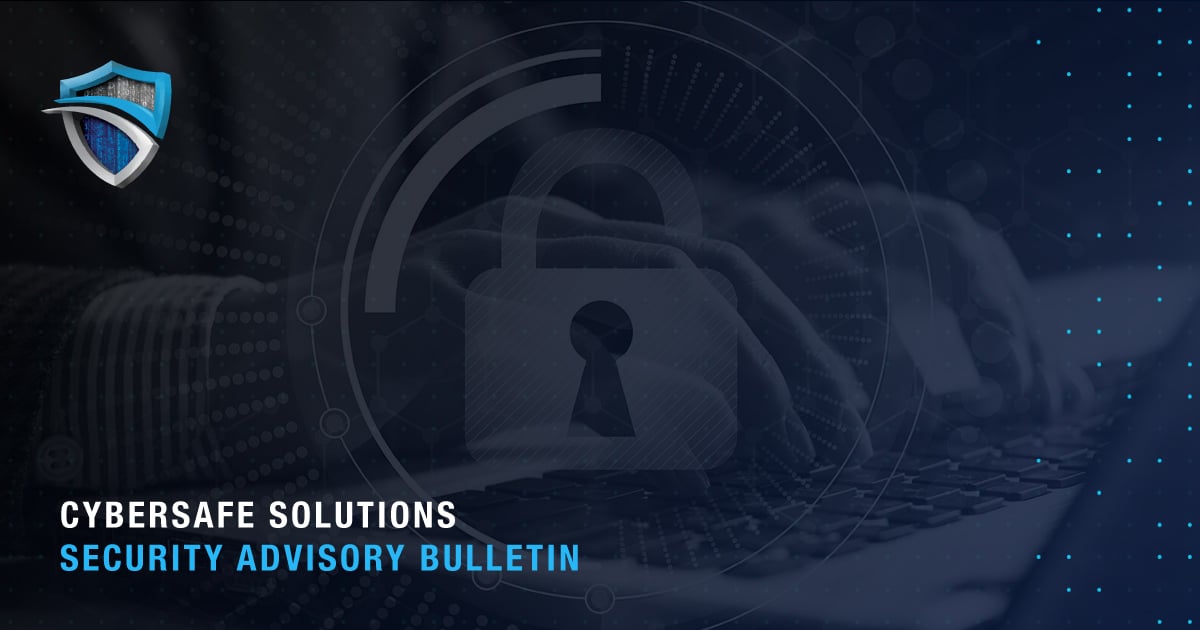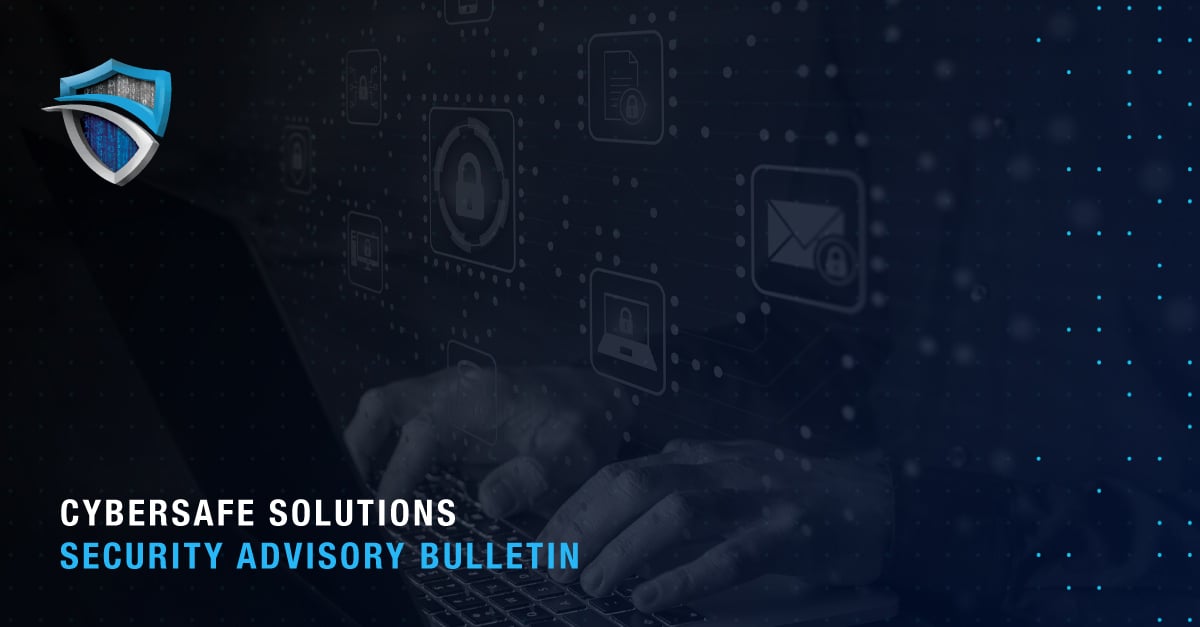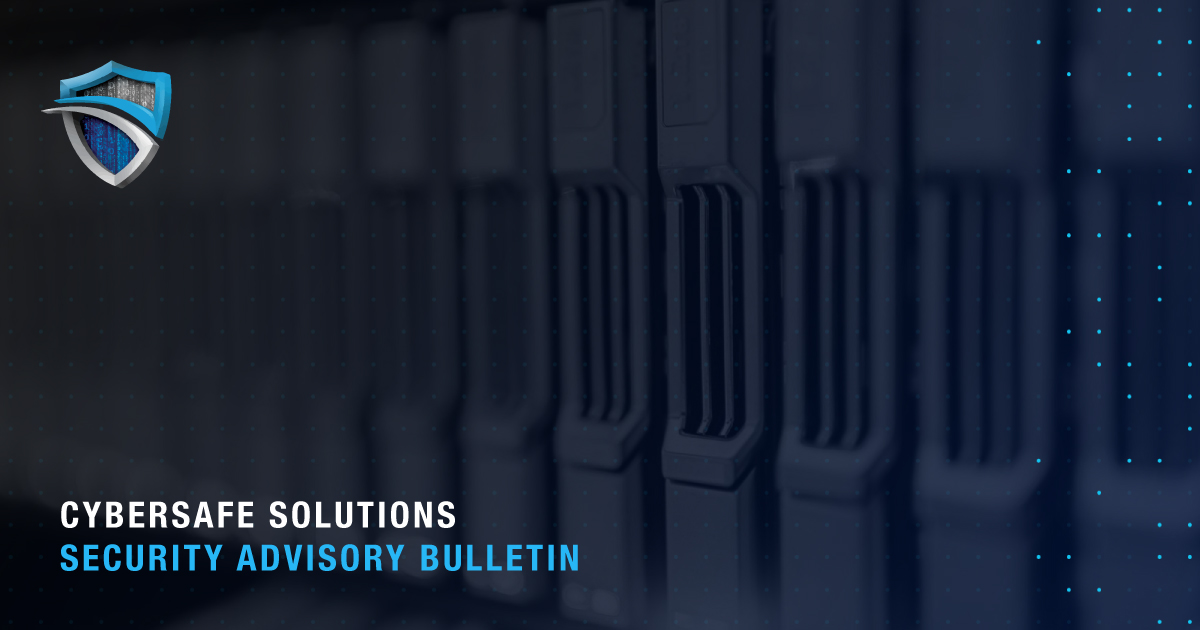While talking to your clients about cybersecurity is advisable, it isn’t always easy. Many organizational leaders are oblivious to cybersecurity risks and what measures can protect their organizations, so agents and consultants may have to build awareness in order to convince them to take the necessary steps.
Regardless of whether cybersecurity is in your wheelhouse, you can help protect your client, provide value, and help prevent a devastating attack from jeopardizing your continued relationship by encouraging them to improve their cybersecurity defenses through continuous monitoring and other initiatives.
The following tips may help the conversation go more smoothly.
Meet With the Right Decision-Makers
Many organizations view cybersecurity as the IT department’s job, so they may try to direct your conversation there. However, cybersecurity is a major concern that warrants the attention of C-suite executives, so you may want to loop them in to ensure that someone with the authority to act hears your concerns.
Plan Ahead
Your discussion could ultimately make or break the future of the business, so you shouldn’t go in unprepared. Research ahead of time to ensure you are well equipped to answer any questions your client has. To customize the appeal, you may want to look into industry-specific concerns that pertain to your client.
Present Facts & Figures
Cybersecurity statistics are readily available and incredibly convincing. They can help support your arguments and illustrate the risks of an incident. IBM publishes an annual “Cost of a Data Breach Report” with relevant facts and figures, and Verizon produces several cybersecurity-related analyses, including industry-specific research.
Our Resource Library also contains a wealth of downloadable, printable resources on topics like the cost of a ransomware attack to give your clients a better understanding of what’s at stake. You may also want to share case studies, such as “CEO Asks Cybersafe To Assess His Company’s Network Security Practices,” to illustrate what a comprehensive cybersecurity service can accomplish.
Discuss Compliance
Depending on your client’s industry and location of operations, certain statutes and regulations may come into play. For instance, healthcare organizations must comply with Health Insurance Portability and Accountability Act (HIPAA), businesses that handle credit cards need to follow the Payment Card Industry Data Security Standard (PCI DSS), financial firms in New York are required to comply with 23 NYCRR Part 500, companies doing business in California must adhere to the California Privacy Rights Act (CPRA), those operating in the European Union must follow the General Data Protection Regulation (GDPR), and it’s expected that the Cybersecurity Maturity Model Certification (CMMC) will be a requirement for all new DoD proposals and requests by 2026. Non-compliance can lead to costly fines and/or missed business opportunities, so agents and consultants should discuss relevant laws with their clients.
Suggest a Risk Assessment
A risk assessment can paint a clearer picture of your client’s cybersecurity posture. If they do not yet have a robust cybersecurity program, an initial risk assessment can be a jumping-off point to get them on a better path. You might also suggest utilizing the National Institute of Standards and Technology (NIST) Cybersecurity Framework to analyze their defenses.
Focus on Key Talking Points
- Attacks can be costly. A security breach costs U.S.-based organizations an average of $8.64 million, according to the aforementioned IBM Security report. Companies may suffer lost business, reputational damage, and regulatory fines, in addition to the expenses of remediating the threat.
- Prevention isn’t 100 percent effective. While it can thwart some attack attempts, threat actors come up with new methods faster than the industry can work to prevent them. Even with the most sophisticated anti-virus software and firewalls, some attacks may still penetrate your systems. That’s why comprehensive cybersecurity requires protection, detection, and containment.
- Employees may inadvertently help hackers. Several varieties of attacks rely on employees to gain access. Threat actors may send phishing emails impersonating someone within the organization to gather information such as passwords or banking information. Malware is also frequently delivered via email through an infected file or malicious link.
- A cybersecurity partner can provide more thorough and affordable protection than hiring an in-house security team. Some companies may assume working with an outside firm may be too expensive, but it’s often more budget friendly than hiring an employee. Additionally, cybersecurity partners can provide around-the-clock coverage, while employees will need time off, leaving openings cybercriminals could exploit.
Highlight the Importance of Continuous Security Monitoring
Visibility is critical to detection and containment. Without continuous monitoring, threat actors can infiltrate the system and access your client’s information for months before your client realizes they’ve been attacked.
This gives hackers plenty of time to do untold damage that could significantly harm your client’s reputation and bottom line. Continuous security monitoring detects potential threats and vulnerabilities around the clock so that your client can quickly contain them before their operations are jeopardized. A well-rounded cybersecurity program requires a multi-faceted approach that includes strong prevention coupled with continuous monitoring, response, and containment.
Helping your client understand the important role of continuous monitoring can lay the foundations for a healthy cybersecurity posture.
Cybersafe Solutions provides comprehensive services for all of your client’s cybersecurity needs. SOL XDR, our most advanced continuous monitoring service, grants 24/7/365 visibility into the client’s network, cloud, and endpoints. SOL Training transforms your employees into defense assets to recognize potential attacks before the threat actors gain access to your systems, while Incident Response helps businesses get back up and running as quickly as possible after a cyber incident. Contact us today to learn more about what we can do for your clients.





